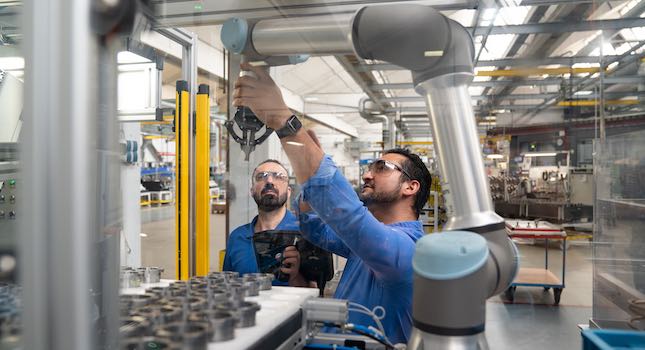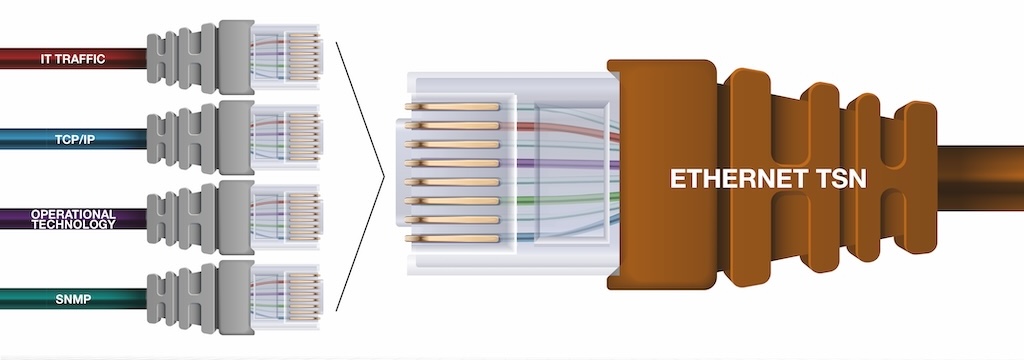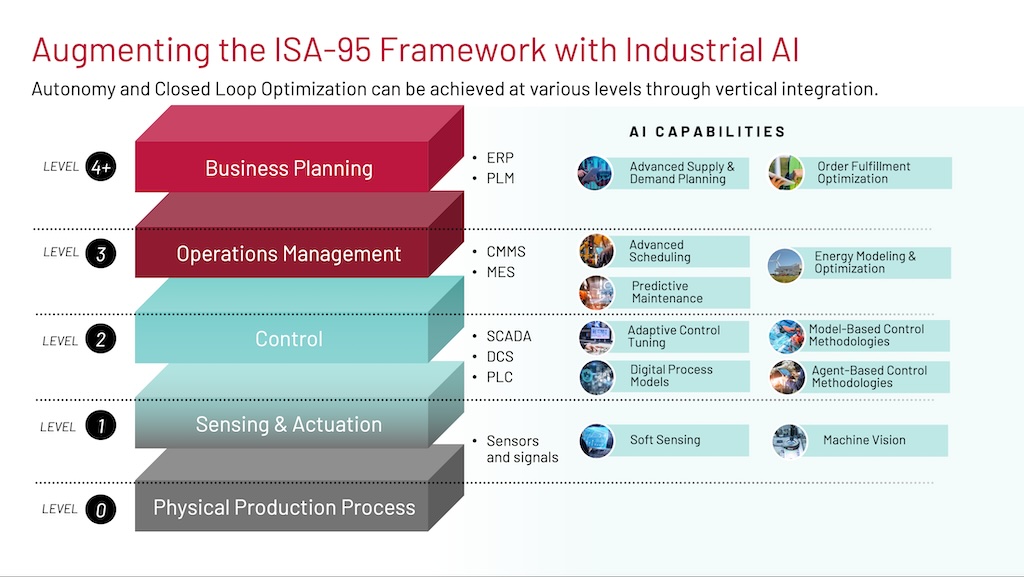Everywhere you turn these days, there is one prominent phrase dominating the news, the advertising, even the sports pages: "In these tough economic times..." It's an interesting phenomenon. The pressures and problems created by last year's economic downturn were severe. The pain inflicted on our economy and especially on our workers was profound.
Everywhere you turn these days, there is one prominent phrase dominating the news, the advertising, even the sports pages: “In these tough economic times…”
It’s an interesting phenomenon. The pressures and problems created by last year’s economic downturn were severe. The pain inflicted on our economy and especially on our workers was profound. We got angry, we got frustrated and we reacted in ways that are still being felt today. Yet now we have adapted to all that turmoil. We’ve given it a name. These are “tough economic times” and we are in them. And in an odd sense, that gives us a certain level of security.
When we didn’t know how bad it was or how bad it would be, the challenges of the last 18 months seemed all the more frightening. It’s much like the early days of the Cold War in the 1950s when school children were routinely paraded out of the classroom for drills on what to do in case of an attack. Bomb shelters were built. Civil Defense was the new neighborhood organization.
Those days of uncertainty passed, just as our current challenges have passed from crisis to a kind of grudging acceptance of the times we live in. Now we know the drill. They are “tough economic times.”
And we can live with that. Not happily and not permanently, of course, but we can understand where we are. The footing is a little more solid. The way forward is clearer.
That makes this the right time to take a few steps forward in our efforts toward recovery and growth. Some folks are going to tiptoe into the recovery. That’s understandable. The Manufacturing Alliance/MAPI Quarterly Economic Forecast in August pointed toward growth of 2.1% in 2010 and 3.2% in 2011.
That doesn’t exactly signal glory days, but the Forecast’s figures expect a 2.7% decline in 2009, so next year’s projections signal at least a solid turnaround.
Still, MAPI’s chief economist Daniel J. Meckstroth called the recovery outlook “modest and fragile” and a lot of that will depend on the willingness of consumers — that us, of course — to help keep that fragile recovery moving forward.
“We believe the economy has bottomed out and will post a 1.9% increase at an annual rate in the third quarter of 2009 and 2.5% in the fourth quarter,” said Meckstroth, “A swing from cutting inventory in 2009 to adding inventory in 2010 and 2011 has the impact of boosting production,”
One place where production will be boosted pretty quickly is in the auto industry, where 700,000 cars were sold at the end of the summer as part of the “Cash For Clunkers” program. When that program ended in mid-August, auto lots were emptier. It was hard to tell which dealers had closed and which simply ran out of inventory.
There won’t be — and shouldn’t be — another Cash For Clunkers initiative. It had the desired short-term effects: to spark auto purchases, clean out inventories and jump-start production again. The longer-term answer is to get back to production with more efficient plants producing better-made cars.
That, in fact, is the goal of all manufacturing as we take steps to more past these “tough economic times.” This is a great time to emphasize training in our plants, energy efficiency in our facilities, and to empower our line workers to help drive new success in manufacturing.
Our most underutilized, overlooked resource in manufacturing is the skill and experience of our workers. If we tap into that aggressively as we work to get beyond these “tough economic times” then we have a chance to shore up that fragile recovery at the outset.
We have to adjust to this new, fragile world, and we have learn from our mistakes. As consumers, we will be more careful about parting with our money, and more discerning with our loyalities and more conscious of the impact of our choices.
As manufacturers, we must embrace those realities as our own. We can’t make adjustments outside the plant and then simply go along with business as it was in the way we manufacture our products. We know better now.
These are “tough economic times.” We have to be just as tough.



